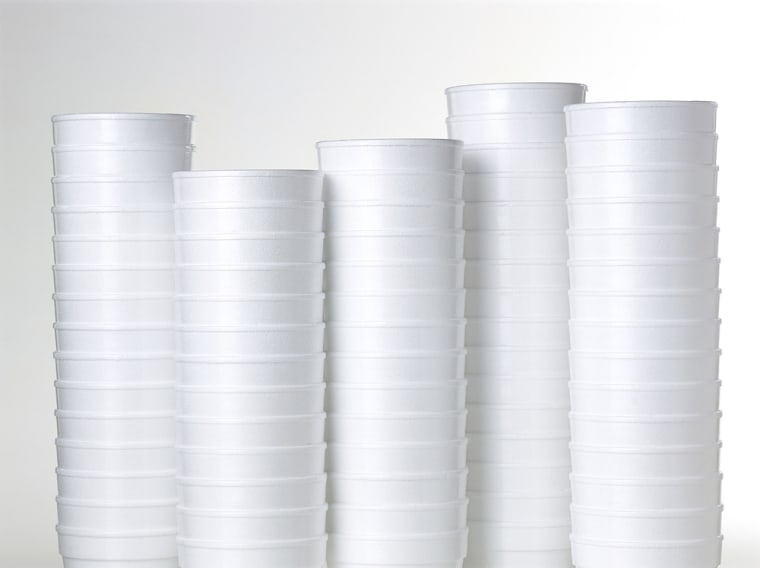There's an old joke that if you were reincarnated, you might want to come back as a plastic cup.
Why? Because they last forever. Ba-dum-bum.
Despite being made 95 percent of air, the manufactured immortality of plastic foam has posed a problem for recycling efforts. More than 3 million tons of the durable material is produced every year in the United States, according to the U.S. Environmental Protection Agency. Very little of it is recycled.
Help may come from bacteria that have been found to eat polystyrene plastic and turn it into usable plastic. This is the stuff recycling dreams are made of: Yesterday's cup could become tomorrow's plastic spoon.
Kevin O’Connor of University College Dublin and his colleagues heated polystyrene foam to convert it to styrene oil. The natural form of styrene is in real peanuts, strawberries and a good steak. A synthetic form is used in car parts and electronic components.
Anyway, the scientists fed this styrene oil to the soil bacteria Pseudomonas putida, which converted it into biodegradable plastic known as PHA (polyhydroxyalkanoates).
PHA can be used to make plastic forks and packaging film. It is resistant to heat, grease and oil. It also lasts a long time. But unlike polystyrene plastic, PHA biodegrades in soil and water.
The process will be detailed in the April 1 issue of the American Chemical Society journal Environmental Science & Technology.
